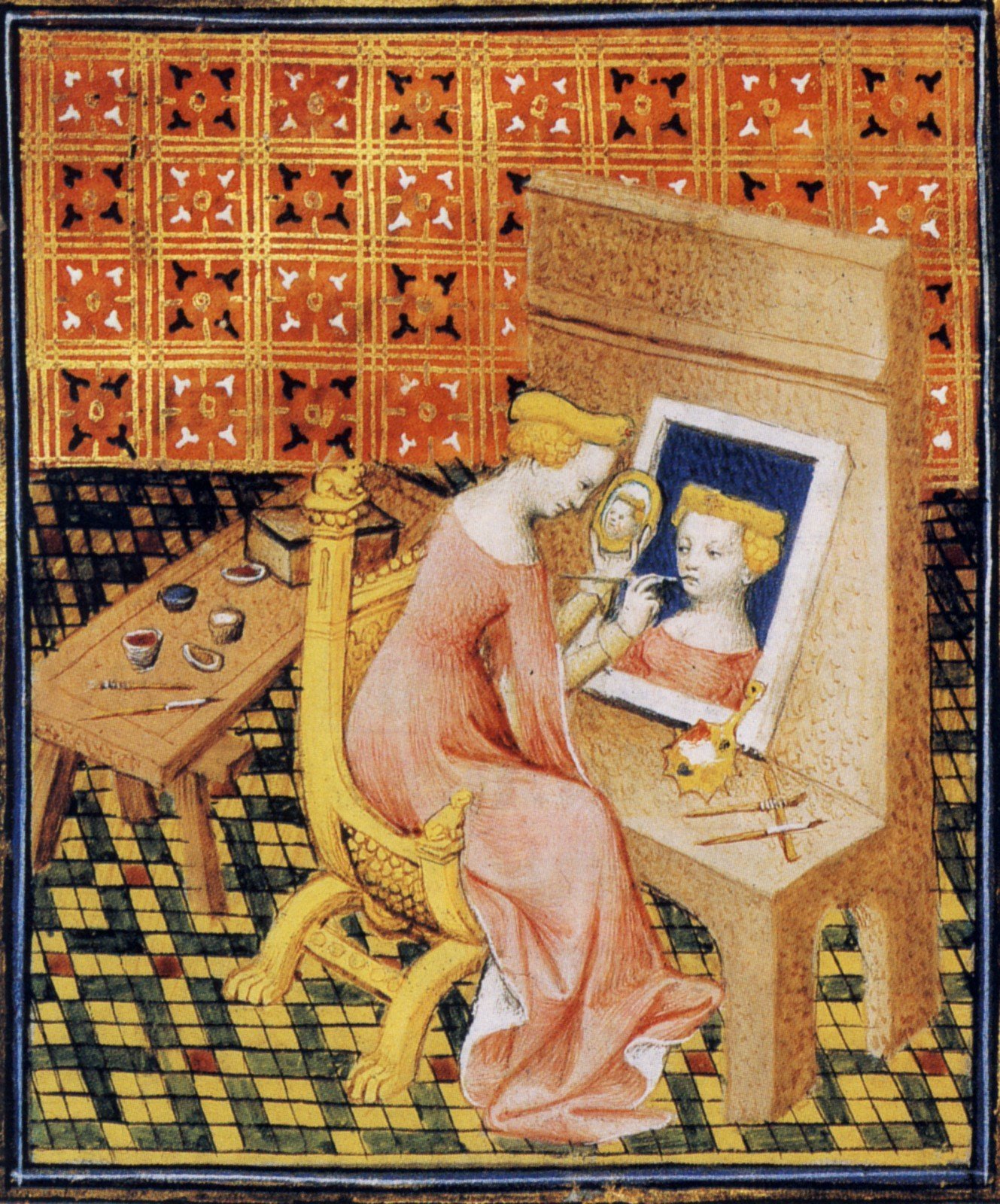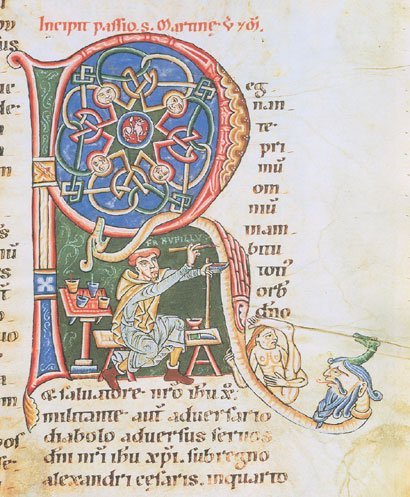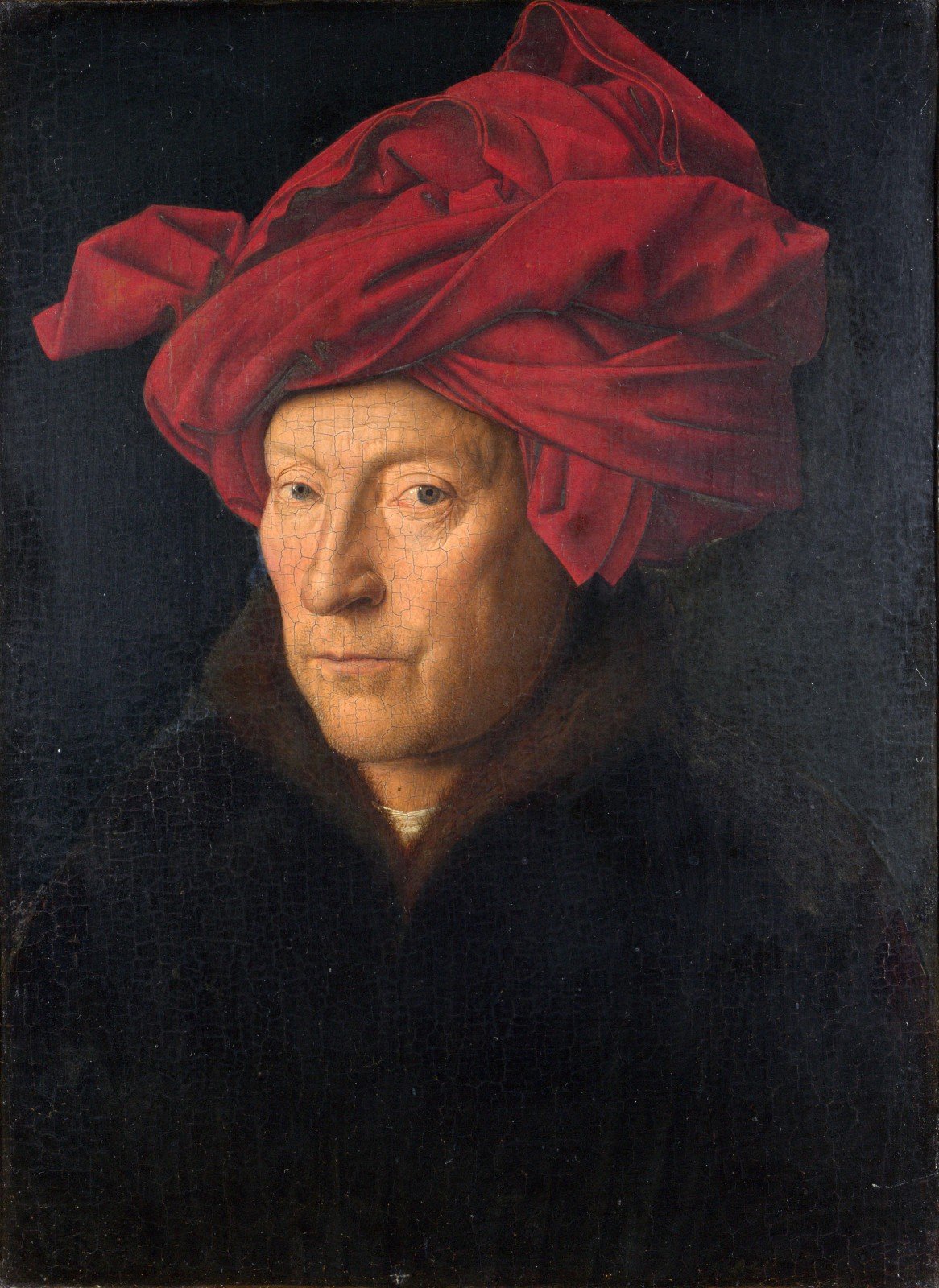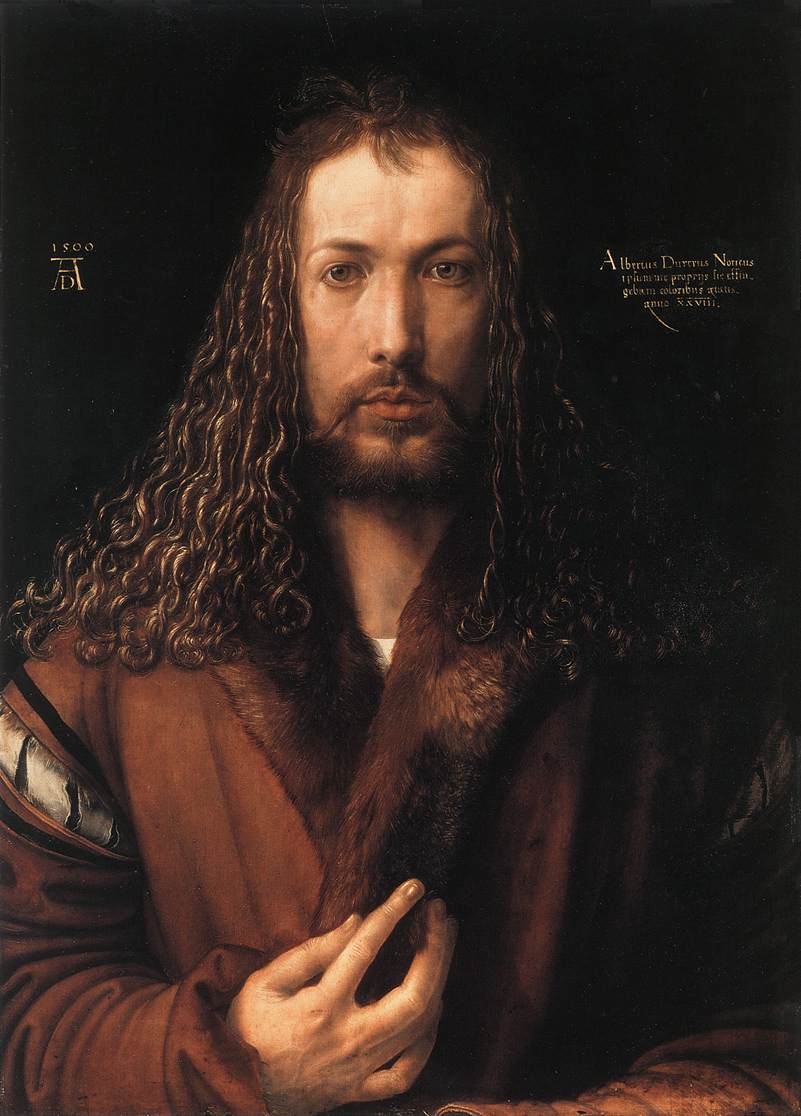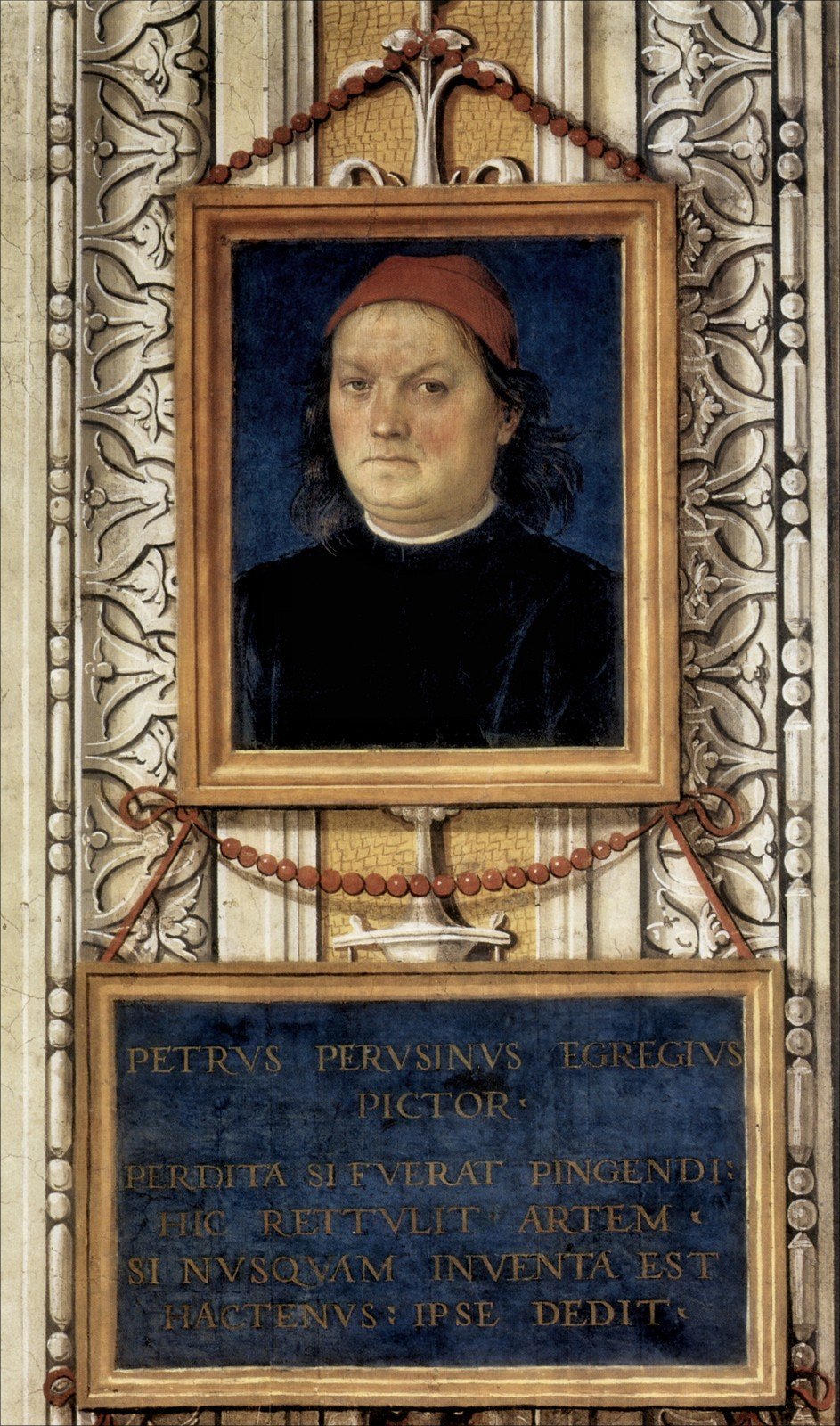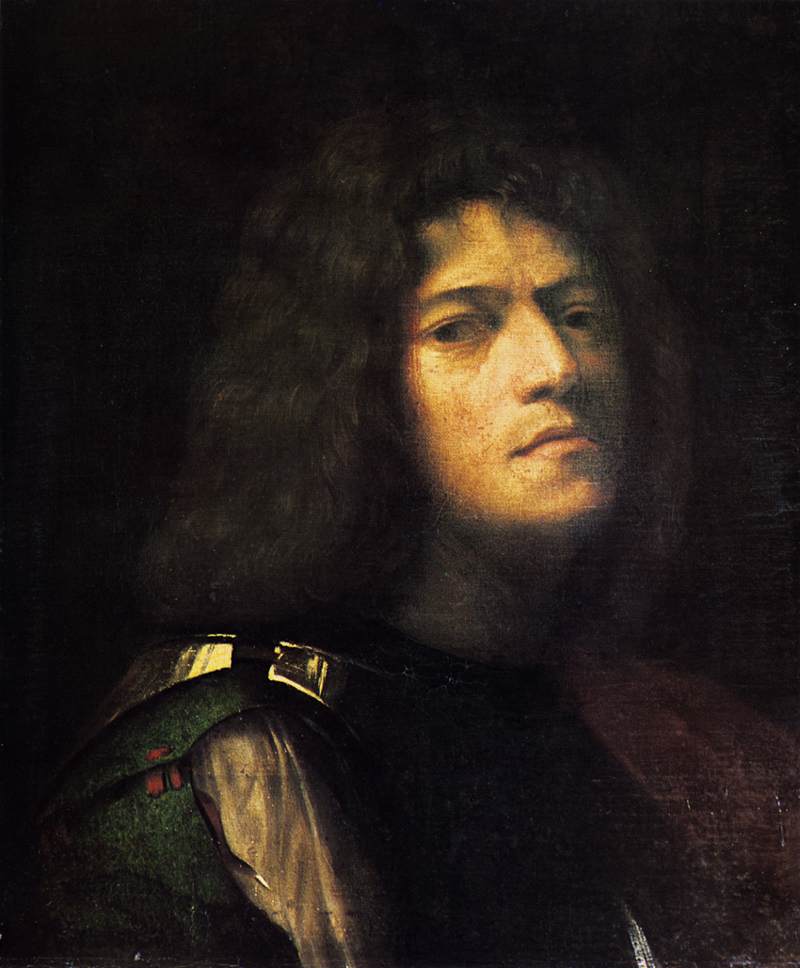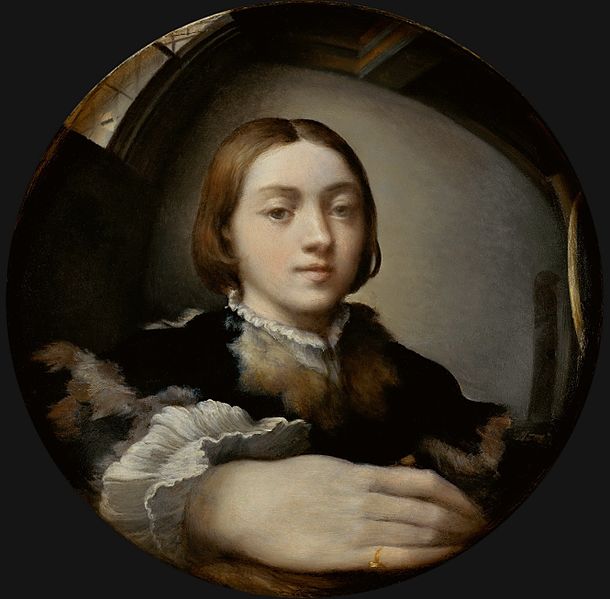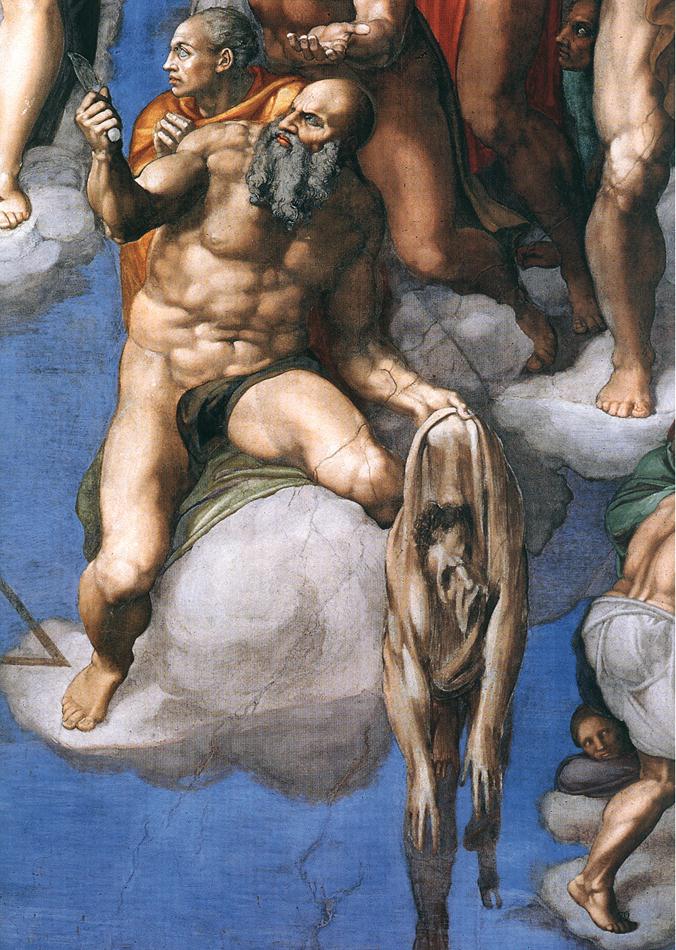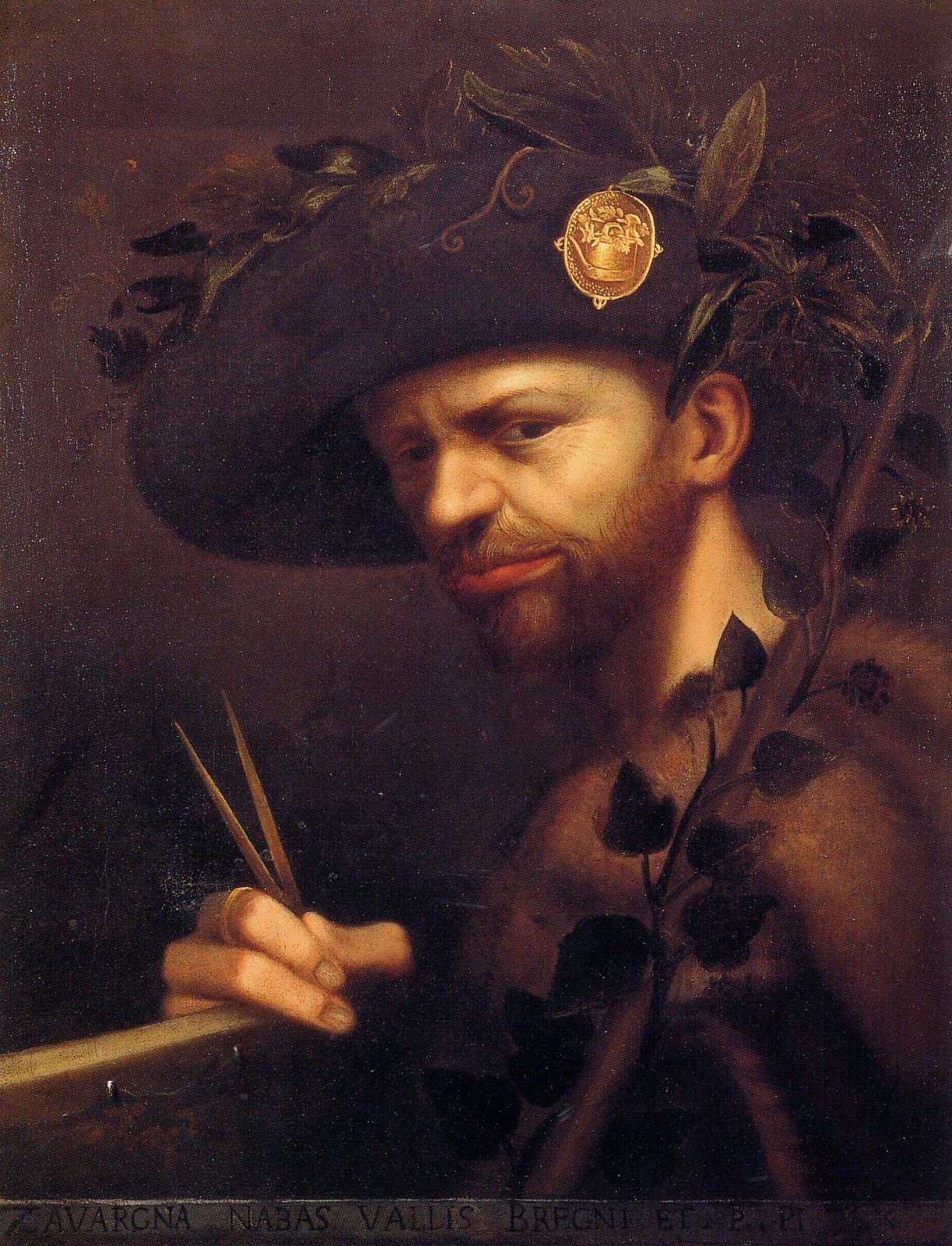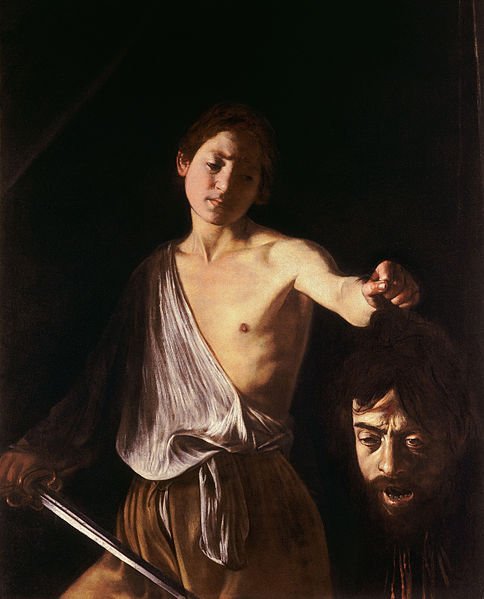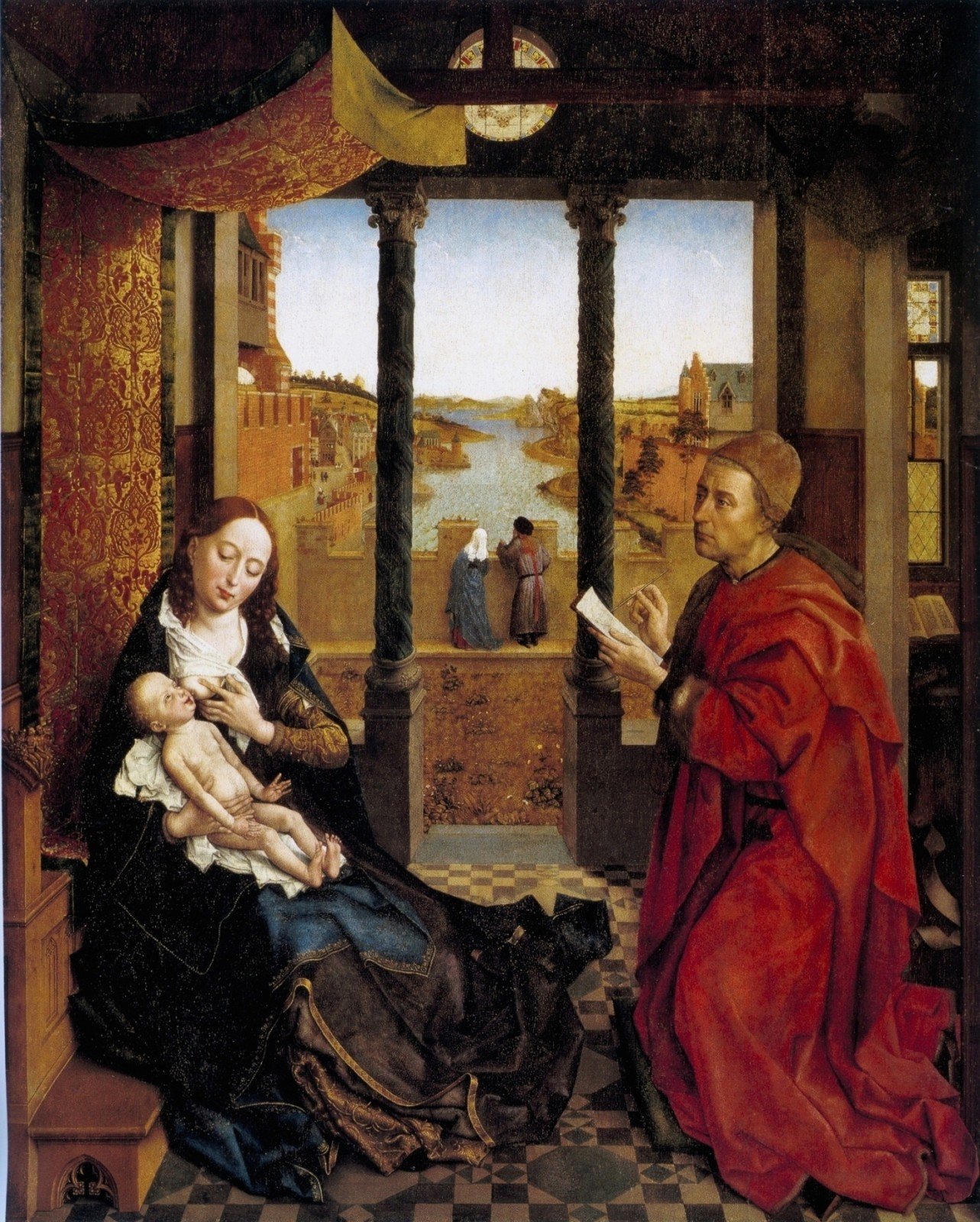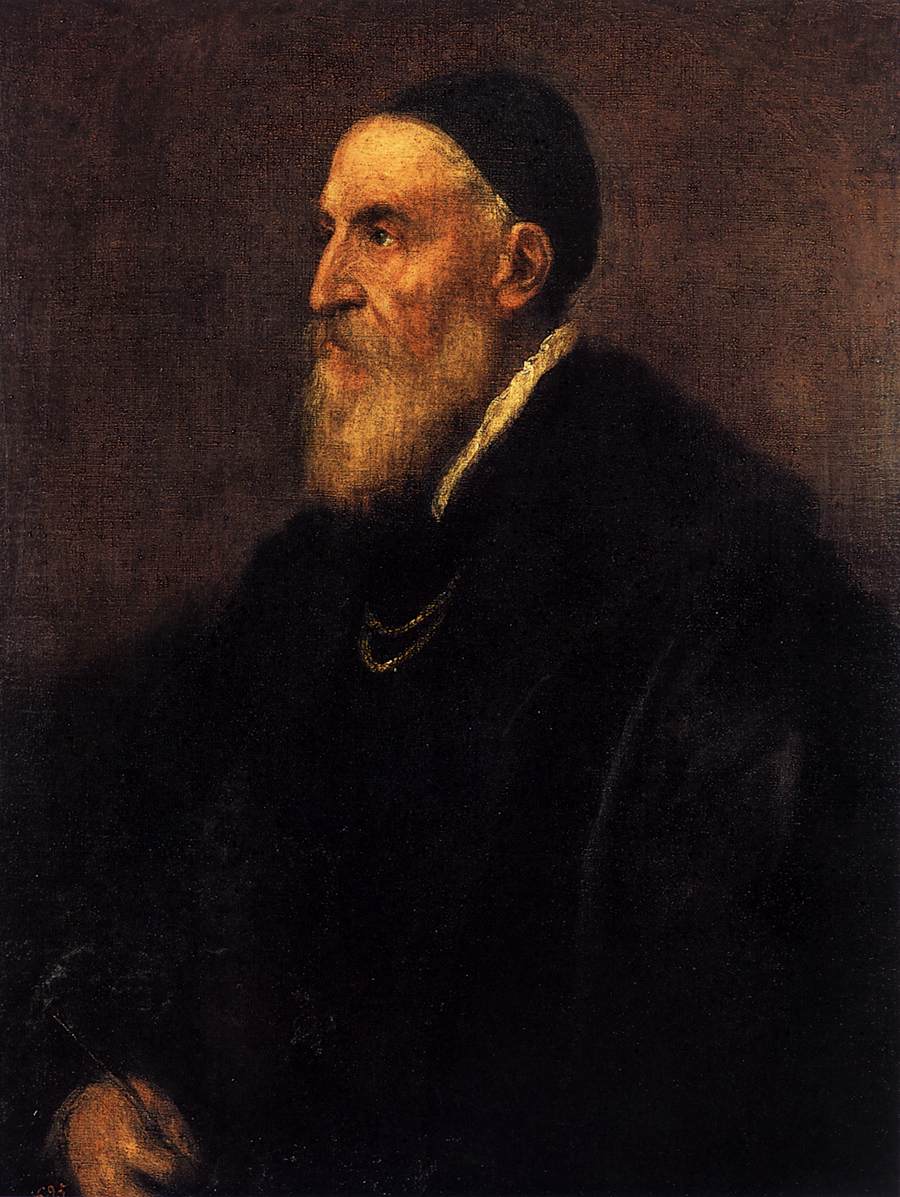How to turn a self-portrait into a selfie? Just share it and add tags
Selfie are casting a new light on self-portrait as well as questioning the boundaries between art history, psychology a sociology
- 15th century illustration from Giovanni Boccaccio’s “De Mulieribus Claris”. In the collection of the Bibliothèque nationale de France
- Rufillus from Weissenau, “Self portrait while drawing the drop cap D”, ca. 1170-1200, ink and pigment on parchment. Genève. Bibliothèque Bodmer. Ms 127, f. 244.
- Jan van Eyck “Portrait of man with red turban (self-portrait?)”, 1433, Londra, National Gallery
- The Christ-like self-portrait above was painted in 1500, shortly before Dürer’s 29th birthday. The painting was made in oil on a wooden panel, and is now in the collection of the Alte Pinakothek in Munich
- Perugino, “Self portrait”, 1496-1500, fresco, Collegio del Cambio, Perugia
- Giorgione, “A Self Portrait as David”, 1509-1510 circa, oil on panel. Herzog Anton Ulrich Museum, Braunschweig
- Parmigianino, “Self Portrait in a Convex Mirror”, 1524, oil on convex panel”, 1524 ca., Kunsthistorisches Museum, Vienna
- Michelangelo, Sistine Chapel (XVI century), detail: “Saint Bartholomew is holding his skin”
- Giovan Paolo Lomazzo, “Self portrait as Abbot of the Academy of Val di Blenio”, 1568, Milano, Pinacoteca di Brera
- Michelangelo Merisi da Caravaggio, “David with the Head of Goliath”, 1609-1610, oil on canvas, Galleria Borghese, Roma
- Rogier van der Weyden, “Saint Luke Drawing the Virgin”, c. 1435-1440, Boston Museum of Fine Arts
- Tiziano Vecellio, “Self portrait”, 1566, Museo Nacional del Prado, Madrid
It would be too easy to explain the phenomenon of selfie by calling it a sort of digital narcissism. During the third century AD, in occasion of the first philosophical discussion about the self portrait, Plotinus stated that self-portrait is not made from a reflection of yourself, but from a look into yourself. And his statement is still valid today, when the self-portrait tends to be considered as a kind of art, equal to the still life or the landscape painting.
Throughout the history of art we can identify many great collectors who were fascinated by the self portraits. For example, Charles I gathered portraits of Danyel Mitens, Rubens, Van Dyck, Titian, Pordenone, Bronzino, Giulio Romano, Rembrandt, Albrecht Dürer, Artemisia Gentileschi, and many others. Leopoldo de Medici had 79 self-portraits made by great artists. At the Gallerie degli Uffizi, in Florence, more than 1,200 self-portraits are preserved, even if only 300 of them are on exhibition.
Nowadays, selfies are casting a new light on this kind of painting as well as questioning the boundaries between art history, psychology a sociology. How? For example, if today we share a self portrait painted hundreds of years ago on a social network, is this to be considered a selfie? Do we need to recall how many painters have portrayed themselves reflected in a mirror?
A good way to think about these issues is to read the book, easy and funny, titled “The Self-Portrait. A cultural history” by James Hall (2014, Thames & Hudson, London). Here, however, we want to draw attention to a number of famous selfies, selected from amongst the most beautiful and original ones. Since we wanted to start from the earliest examples of this genre, we went fishing into the history and discovered Rufillus from Weissenau with his “Self-Portrait in the act of drawing the drop cap R” (1170-1200). It then follows one of the earliest depictions of an artist in the act of painting himself that appears in 1402 in a French manuscript, which contains “De mulieribus claris”, a series of biographies of famous women written by Giovanni Boccaccio in 1361-62.
Among the most magnetic self-portraits, we chose the one made by Jan Van Eyck in 1433 (although it is yet not certain whether this is a self-portrait). Was it just a way to impress patrons who came to visit him so that they could verify his ability to portray reality?
“St. Luke painting the Virgin and Child” (1435-40) by Roger van der Weyden captured our attention for its conceptual side: St. Luke was indeed the patron saint of painters. It was believed that he had painted, live, a portrait of the Virgin with the child. So the saint is the “first painter”. And here Roger van der Weyden, identifying himself in St. Luke, seems then to assert the nobility of his role as a painter.
Albrecht Durer created at least 16 pictures of himself. In our gallery there is most hypnotic one, painted in 1500. Then you will find those painted by Perugino and Giorgione, this latter portraying himself as the David of mythology. Michelangelo realised his selfie in an anamorphic picture painted in the Sistine Chapel. A famous portrait in the mirror is the one by Parmigianino, a masterpiece of magnetism and full of mysterious meanings. Then Caravaggio pictured himself in the severed head of Goliath.
Elation, guilt, aspirations, self-irony occur in these portraits, in some way similar to the millions of self portraits published everyday on line, most of them shot by teenagers. To conclude, we would like to draw your attention to the intense selfie Titian took at the end of the XVI century. He then claimed he was 104 years old at that time, although it is more likely he was twenty years younger. Nevertheless what is interesting to notice that Titian, like many of his colleagues, has never painted self-portraits when he was young. Could this possibly mean that it is only when you grow older that you are really able to look into yourself?
June 3, 2021

